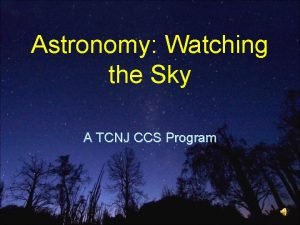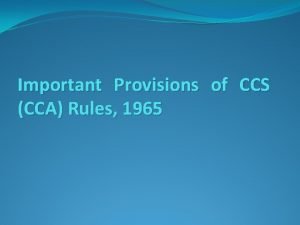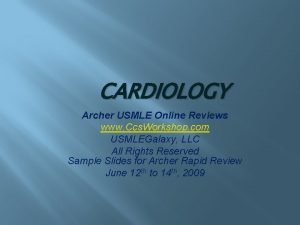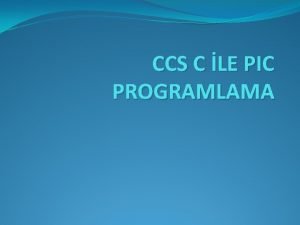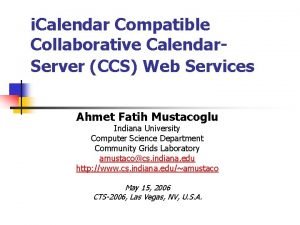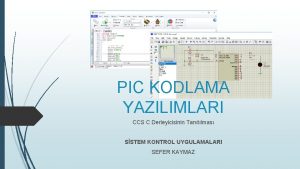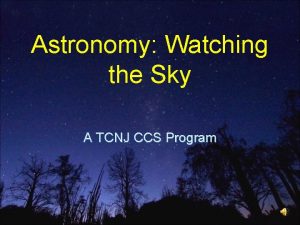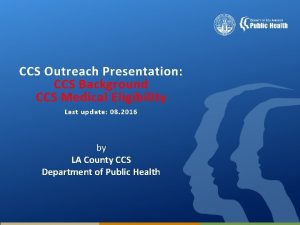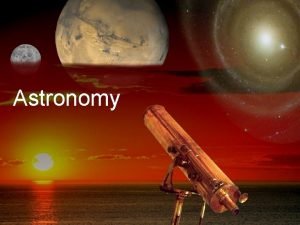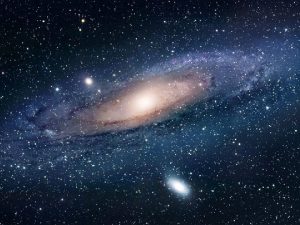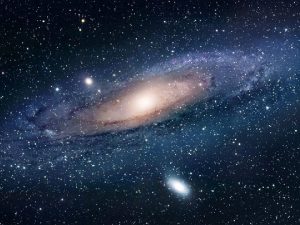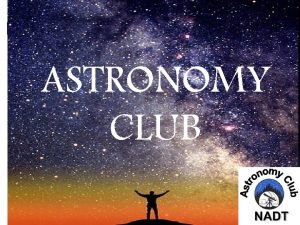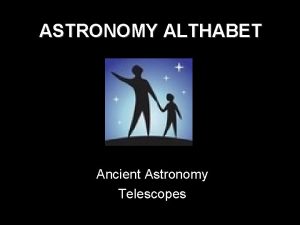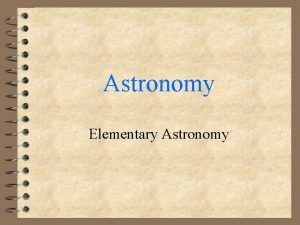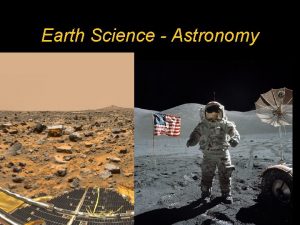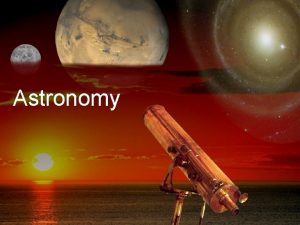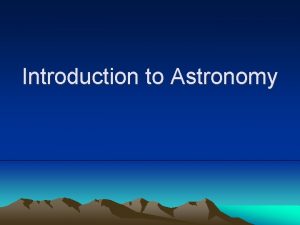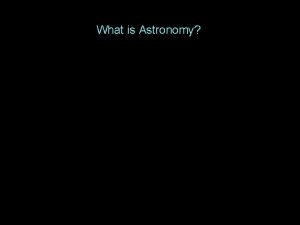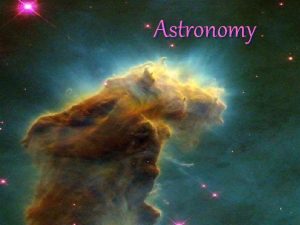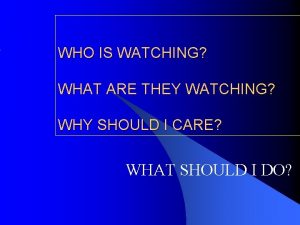Astronomy Watching the Sky A TCNJ CCS Program













































- Slides: 45

Astronomy: Watching the Sky A TCNJ CCS Program

Contents • Class 1: From Astrology to Astronomy –The history of looking up at the sky. • Class 2: A Trip Through the Solar System – Planets, Moons, and Comets. Oh My! • Class 3: The Big Bang and the Universe – The history of everything • Class 4: Space Exploration– Spaceflight and a visit to the planetarium.

In the beginning… • The ancients believed that the sky was the realm of the gods. • They knew the sky well. With no TV or Internet there was nothing else to watch at night!

In the beginning… • Define terms: • Astrology : A belief system that the positions of the stars and planets provide information about personality, human affairs, and other earthly matters.

In the beginning • Astronomy: the scientific study of celestial objects (such as stars, planets, comets, and galaxies) and phenomena that originate outside the Earth's atmosphere.

Astronomy vs. Astrology • Astronomy and Astrology were largely the same thing. • Many cultures believed that the heavens were the realm of the gods who controlled men destinies. • Observing the heavens, however, also had very practical applications.

Ancient Astronomy Worldwide • Many ancient cultures had a highly developed art of astronomy. • This included the Chinese, Arabs, Greeks, Babylonians and Mayans.

Egyptian Astronomy • Had a 360 day calendar from earliest times. • Used movement of stars and sun to predict Nile flood. • Religious festivals timed with moon, stars, sun. • Temples built base on alignment with sky.

Alignment with Sky • Pyramids aligned with Polaris, the North Star. • Temple Amun-Re at Karnak has a passage that is only illuminated by the midwinter’s rising sun.

Alignment • The ancients noticed that stars always rose at the same point. • Other objects like the Sun and Moon would vary with the time and season. • Monuments like Stonehenge were built aligned to certain days of the year and could act as calendars.

Sun, Moon & Planets • Do not rise and set at the same place over each day. • But the stars do!

Demo • Sunrise alignment and a tomb.

Egyptian Gods in the Sky • Sun was the god Re • Moon was Troth god of wisdom.

Ancient Constellations • A grouping of stars is a constellation. • Different ancient cultures had different constellations. • The afterlife god Osiris shares most of the same stars with our modern constellation Orion.

Some Greek Constellations • Capricorn (the goat) – Draco (the dragon)

What the Ancients Saw • All noticed that the stars seemed to be fixed on a giant sphere that turned about the earth (The “Starry Vault”) • The sun and moon moved across the sphere on similar

The Wanderers • Another group of objects moved across the sky in the same path as the sun and moon. • These did not always move in a consistent direction but wandered forward and back. • We call this objects planets after the ancient Greek word for wanderer.

Mars Sky Track

Hairy Stars • Comets were planet -like objects with long tails that appeared at random times. • They were often associated with important (sometimes evil) events (death of a king, etc. ).

Evil Omen • In 1066 the appearance of Halley’s Comet was considered an omen of the death of Harold II of England who died at the Battle of Hastings later that year.

The Zodiac • The constellations the sun, moon and planets moved through were often considered special. • Today we call this group the Zodiac.

The Zodiacs • Different cultures had different zodiacs because their constellations were different.

Greek Zodiac • The Greek Zodiac has 12 constellations: • Aries, the ram; Taurus, the bull; Gemini, the twins; Cancer, the crab; Leo, the Lion; Virgo, the Virgin; Libra, the scales; Scorpio, the scorpion, Sagittarius, the archer; Capricorn, the goat; Aquarius, the water bearer; and Pisces, the fish.

Greeks: Aristotle • Aristotle believed that the earth was at the center of a number of sphere’s. • On the outermost sphere were the stars. • Inner spheres contained the sun, moon and planets.

Geocentric System • A planetary system with Earth at the center like Aristotle proposed was geocentric. The Greek word geo means “Earth. ” • Most ancient astronomers used a geocentric system.

The Greeks: The Almagest • Around 100 BC Claudius Ptolemy took Aristotle's system and put math to it. • He published this in a massive book called the Almagest. • It was the authority for astronomy for almost the next 1000 years.

The “Wanders” Problem • The old geocentric system had hard time explaining the motion of the planets. How could they make these strange loops?

Heliocentric Theory • A few ancient scholars, however, came up with the idea that the Sun, not the Earth was the center of the solar system (Such as Aryabhata a 5 th century Indian astronomer). • A planetary system with the sun in the center is known as a heliocentric system. • From the Greek word Helios, which means “Sun. ”

Copernicus • Around 1530 the Polish scholar Nicholas Copernicus published a book On the Revolutions of the Celestial Spheres proposing a heliocentric system. • It was a much simpler system then Ptolemy’s.

Retrograde Motion • Because both Earth & other planets are orbiting the Sun they can appear to move backwards.

Copernican Revolution • Copernicus’ claim was controversial. • Man and Earth not center of universe. • Changed our understanding of man’s place in universe.

Johannes Kepler • One of the first astronomers to adopt and defend Copernicus’ sun centered system. • Invented a basic refracting telescope.

Demo • Kepler’s Laws of Planetary Motion

Kepler’s Laws of Planetary Motion • Kepler discovered that the length of their orbit was a function of their distance from the sun. • He also realized that planets did not move in perfect circular orbits, but ellipses.

Galileo Galilei • Did not invent the telescope. • One of the first persons to use it for astronomy. • Vocal supporter of sun centered system.

Galileo’s Accomplishments • Discovered mountains on the moon in 1610. • Discovered four moons of Jupiter in 1610. • Discovered rings of Saturn in 1610. • Discovered sunspots in 1613.

Galileo and the Church • The church found the sun centered system “false and contrary to Scripture. ” • Galileo was warned not to defend Copernicus’ system. • He was put on trial and forced to recant his ideas. • He spent the end of his life under house arrest.

Father of Modern Astronomy • Has been called: • Father of modern observational astronomy • Father of modern physics • Father of Modern Science

Legacy • Stephen Hawking says, "Galileo, perhaps more than any other single person, was responsible for the birth of modern science. “ • In 1992, Pope John Paul II issued a declaration acknowledging the errors committed by the Church tribunal that judged the scientific positions of Galileo.

Newton’s Gravity • Isaac Newton born on 4 January 1643. • Gravity: Every object in the universe attracts every other object. • The force is more powerful with more mass involved. • The force weakens over distance.

Law of Gravity • We are 6 times heavier on the Earth than the moon because the Earth is more massive than the moon. • If you weighed 100 pounds on Earth you would be 16. 6 pounds on the moon and 236 pounds on Jupiter.

Gravity • One of the weakest forces in nature, but also one of the most long range. • Holds the planets in orbit around the sun.

Demo • Gravity vs. Electromagnetism

Homework • Read “Comet Halley: Harbinger of Death? ” for next class.

Group Work: • Groups will work together to present on these topic on February 1 st. – Mars: Is there a possibility of Life on Mars? – What’s the Story with Pluto? – How does a telescope work? – What is SETI?
 Tcnj ccs
Tcnj ccs Learning astronomy by doing astronomy activity 1 answers
Learning astronomy by doing astronomy activity 1 answers Learning astronomy by doing astronomy activity 7 answers
Learning astronomy by doing astronomy activity 7 answers Learning astronomy by doing astronomy activity 1 answers
Learning astronomy by doing astronomy activity 1 answers Watching lecture than watching at at
Watching lecture than watching at at Student accounts tcnj
Student accounts tcnj Tcnj academic integrity
Tcnj academic integrity Tcnj famis
Tcnj famis Tcnj disability services
Tcnj disability services Skala tinetti interpretacja
Skala tinetti interpretacja Ccs(cca) rules 1965
Ccs(cca) rules 1965 Ccs angor
Ccs angor Skala ccs
Skala ccs Archer usmle
Archer usmle Molio a113
Molio a113 Cargo reservation system
Cargo reservation system Ccs milwaukee
Ccs milwaukee Ccs insurance services
Ccs insurance services Ccs programlama
Ccs programlama Santander 123 world
Santander 123 world Ccs web
Ccs web Ccs
Ccs Ccs flatness measurement
Ccs flatness measurement Ccs c derleyicisi
Ccs c derleyicisi Welcome to ccs
Welcome to ccs Ccs 800
Ccs 800 Ccs neu
Ccs neu Communication and concurrency
Communication and concurrency Casd powerschool
Casd powerschool Ccs guidelines afib
Ccs guidelines afib Canadian perioperative guidelines
Canadian perioperative guidelines Hình ảnh bộ gõ cơ thể búng tay
Hình ảnh bộ gõ cơ thể búng tay Slidetodoc
Slidetodoc Bổ thể
Bổ thể Tỉ lệ cơ thể trẻ em
Tỉ lệ cơ thể trẻ em Voi kéo gỗ như thế nào
Voi kéo gỗ như thế nào Tư thế worms-breton
Tư thế worms-breton Chúa sống lại
Chúa sống lại Môn thể thao bắt đầu bằng từ chạy
Môn thể thao bắt đầu bằng từ chạy Thế nào là hệ số cao nhất
Thế nào là hệ số cao nhất Các châu lục và đại dương trên thế giới
Các châu lục và đại dương trên thế giới Công thức tính độ biến thiên đông lượng
Công thức tính độ biến thiên đông lượng Trời xanh đây là của chúng ta thể thơ
Trời xanh đây là của chúng ta thể thơ Cách giải mật thư tọa độ
Cách giải mật thư tọa độ Phép trừ bù
Phép trừ bù độ dài liên kết
độ dài liên kết
